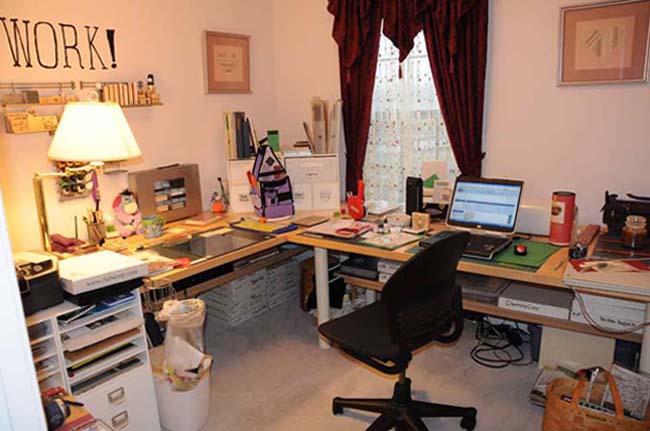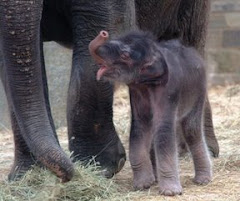Photographers talk about 'shooting in RAW' and non-photo nuts can only think about a lack of clothing. Nope, that's not it. RAW is a format for digital graphics files with no formatting. If you are taking photos and they are .jpg format, the camera has made some edits to your photo, before you even see it. Someone at the camera factory made decisions on how much data to save, how to tweak the photo to capture the 'most important' information and how to make it look 'better.' But photographers don't always like those decisions. They want to be able to decide what data to save and what to toss. What does some programmer know about photography?
Because there haven't been any decisions made on what data to save and what to toss, RAW files are many times larger than the same photo in .jpg, even .jpg super fine and mega huge. And Olympus RAW isn't quite the same as Nikon RAW. Each camera manufacturer does slightly different things to the data to turn it into a file. And they have changed it over the years. There is a big push to move to a standard for RAW, so photographers don't need to save a 6 year old computer, running 6 year old software, to open a file that they took 6 years ago. But RAW is so useful that you shouldn't let that deter you from using it now.
What do you do with a RAW file? First off, you get it onto a hard drive and backed up onto a second hard drive. That's what you should be doing for ALL of your photos. Hard drive space is cheap. Make a backup copy!
Once you've saved your file, you aren't going to be able to do anything to that RAW file. HUH? Let me explain. When you edit a .jpg and save the changes, the .jpg file actually changes. You can't change a .jpg back to it's exact, original state. But with a RAW file, when you make edits, you are creating a separate file with a list of changes. That file and the original RAW file are opened together, and it will look like you changed the RAW file. But the list of changes, often called a 'sidecar' is not permanently changing the original RAW file. If you don't like your changes, you can go back to the original and start over. We still talk about making changes to a RAW file, because it is too weird to say, "Make changes by creating or editing a sidecar file."
You are not stuck with trying to keep track of your RAW files and your sidecar files when you are done with your edits. You can create a .jpg of your beautifully edited shot and use that. Just use your 'save as' function and select .jpg. That RAW file and the sidecar can sit quietly on the hard drive while you send the .jpg file off to the photography contest.
What kinds of changes can you make to a RAW file? Pretty much the same type of changes you can make to a .jpg, or any other type of graphics file. You can change colors, crop, brighten, sharpen, apply filters, adjust tones and so on. But the original file is safe. You can't damage it by accident with your edits. You can also make many adjustments that the camera might try to make, and you can make those adjustments extremely precisely. You can't take a badly exposed RAW file and turn it into a decent exposure. There are still limits on what you can do.
One such adjustment is light balance. You know, that setting for daylight, indoor light, partial shade, cloudy or flash? The one you always forget to set and get blue or orange people? That's the one. If you've got a mix of daylight from a big window and fluorescent light in the kitchen, your camera is going to have trouble with the white balance. It might be close, but it won't be perfect. Fluorescent is 3800, and daylight is 5500. Using RAW image manipulation software, you can set the light balance to be exactly what you want and not some preset or an incorrect, automatic guess. Take a sample from an area that should be off white, if you can find it. If not, adjust so skin tones are correct.
An adjustment that I love to use is fill flash. When I take a photo of my niece, Chrissy, if I don't use a fill flash, her face will be in shadow. It's a combination of her hairdo, her height, and her skin tone. To make Chrissy look like Chrissy, I adjust in a bit of fill flash and she doesn't ever have red eye and her face looks like it should.
What software can you use to edit RAW files? Your camera might have come with software for RAW included, or you might have to purchase the software from the camera manufacturer. For the home user, they are fine, but for a professional photographer, they don't do enough and they are slow. The one that I'm learning is Photoshop CS3. It isn't critical that your software be the best available. Use what you can get your hands on.
Wednesday, April 8, 2009
Subscribe to:
Post Comments (Atom)





No comments:
Post a Comment